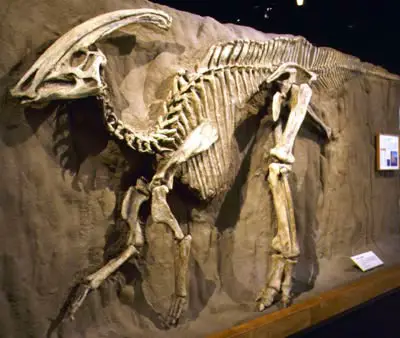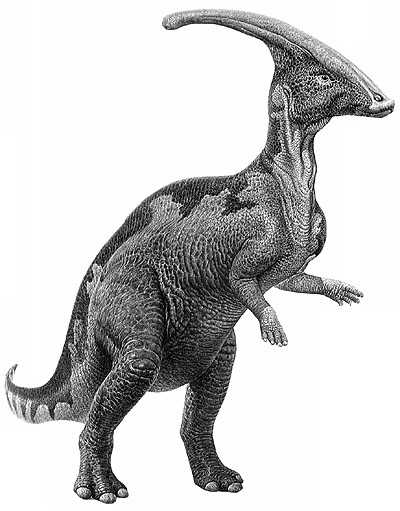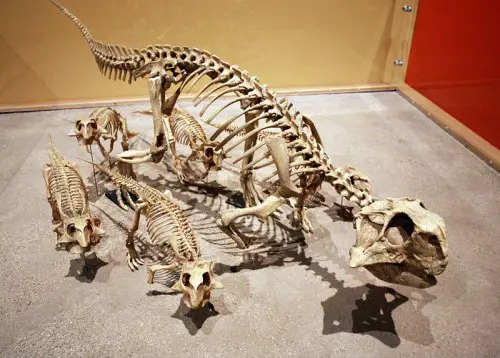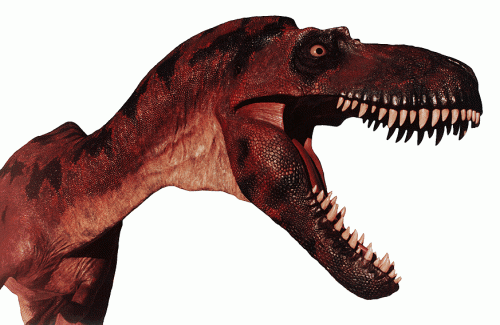Parasaurolophus
The Parasaurolophus or “near crested lizard” in English, is an orinthopod dinosaur from the Late Cretaceous Period which was about 76 to 73 million years ago. It lived in what is now called North America. It was first discovered by William Parks in 1922 from a partial skeleton and a skull that was found in Alberta, Canada.
This dinosaur was part of a very diverse family that was famous for its wide range of bizarre head adornments. It is known for its large and elaborate cranial crest which is basically an extremely large and long curved tube that projects upwards and back from the skull. The closest dinosaur relative known is the Charonosaurus from China, as it has a similar skull with a potentially similar crest. This crest is discussed a lot by paleontologists, and there is a consensus that this crest was part of a major function that included visual recognition, acoustic resonance, and thermoregulation.
Like most dinosaurs, the skeleton of the Parasaurolophus is not complete. The skull is about 1.6 meters long, and possible weighed about 2.5 tonnes. It has a single forelimb and a short but wide shoulder blade. Its thigh-bone is 103 centimetres long, and has heavily built pelvic and upper arm bones. It is thought to walk on either 2 or 4 legs. It is also thought that they preferred to forage for food on 4 legs but only ran on 2 of them.
This dinosaur was a herbivore. It was a large bipedal or quadrupedal herbivore that ate plants with its sophisticated skull which permitted grinding motion that was almost like chewing. Its teeth continually replaced, and had hundreds of teeth. Even though it had lots of teeth, only a few were in use at any one time. Its beak was used to cut plant material. Feeding would have been from the ground up to about 4 metres and above.




